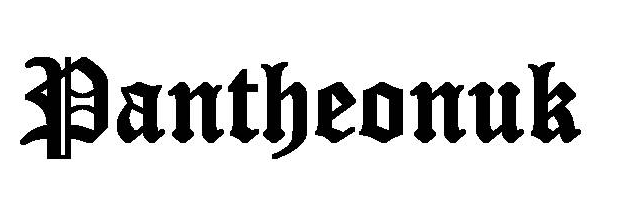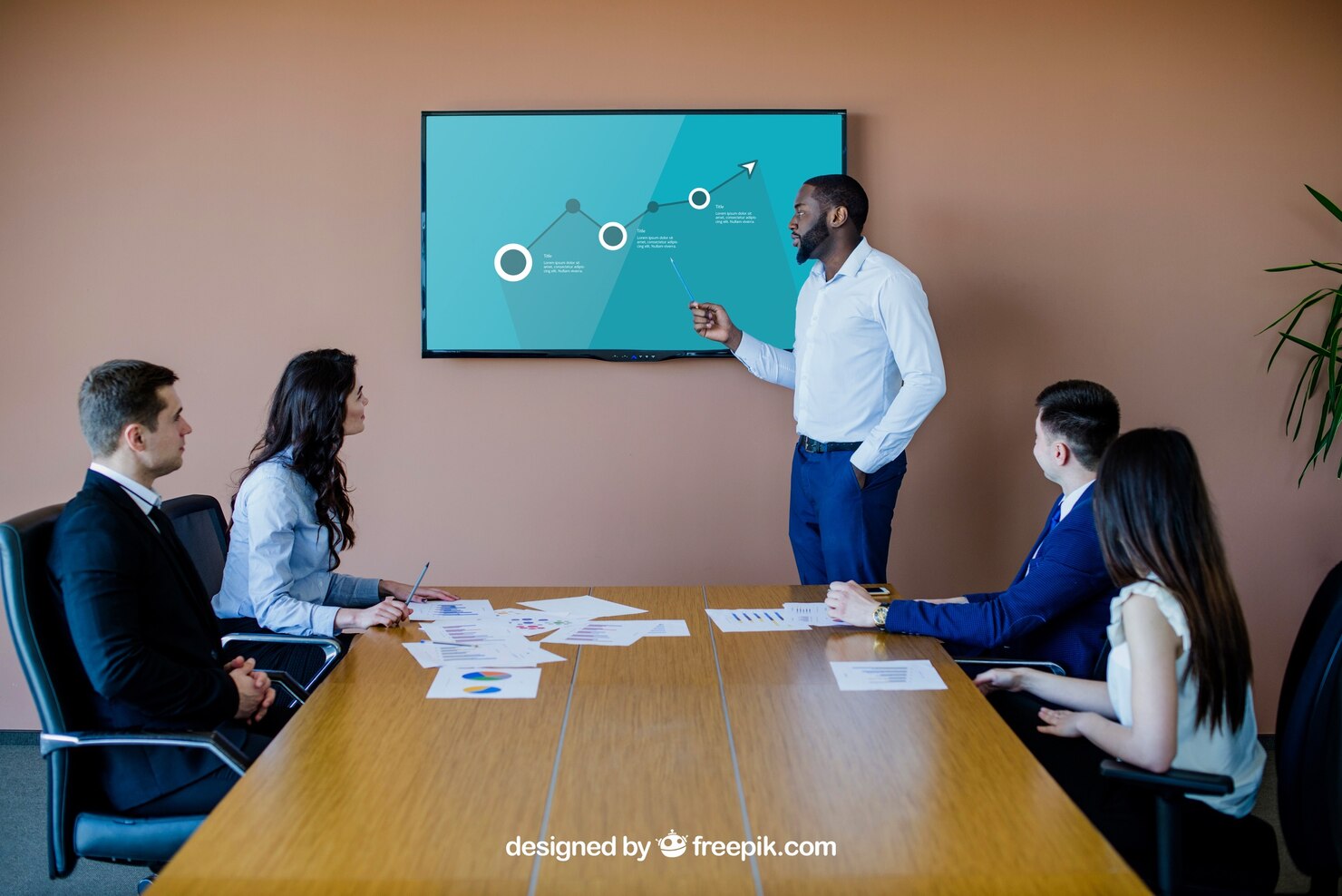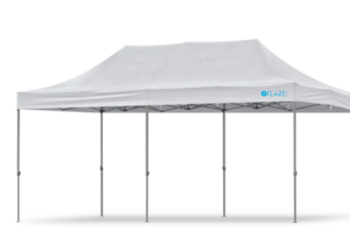In the dynamic landscape of software development outsourcing, selecting an appropriate business model is crucial for aligning project goals with operational efficiency and cost-effectiveness.
This article analyzes the different types of outsourcing engagement models along with their characteristics and other aspects so that businesses can make informed and educated choices.
Understanding Outsourcing Engagement Models
Business firms have different engagement models to choose from when outsourcing software development and each model has unique advantages that accommodate different project needs.
- Fixed Price Model: Pricing per project is made on the basis of scope, requirements, scope and timelines is provided and a price is agreed upon before starting the project. It is done best on projects that have a set specification and changes are not anticipated.
- Time and Material (T&M) Model: This model is flexible since clients are charged based on the actual time and resources that were put into the project. Ideal for projects when the scope is tentative or likely to change.
- Dedicated Team Model: A team of developers are assigned solely to the client’s project and operate like an in-house team under the client’s business. This model is optimal for ongoing long term projects that require continuous development and frequent interactions.
- Build Operate Transfer (BOT) Model: An outsourcing provider sets up and runs a development center on behalf of the client with an option for them to take over at a later date. Companies aiming to establish an offshore operational presence with low initial risk will appreciate this model.
Factors Influencing the Choice of Model
Selecting the appropriate outsourcing model depends on several factors:
- Project Scope and Definition: Fixed Price contracts may work well for simple projects with clearly defined scope and requirements. On the other hand, projects with changing scopes are better suited to T&M or Dedicated Team models.
- Budget Considerations: The Fixed Price model is well suited to organizations with strict budgets due to its cost predictability. More flexible budgets may prefer T&M contracts due to the evolving scope of requirement s.
- Time Continuity: A long-term project that involves continuous development and requires support may be best served by the Dedicated Team or BOT models.
- Supervision: BOT and Dedicated Team Models allow for closer integration with the in-house team and may be preferable for companies wanting more control over the developmental work.
Conclusion
Choosing the right business model for software development outsourcing is a strategic decision that impacts project success. By thoroughly assessing project requirements, budget constraints, and desired level of control, businesses can select an engagement model that aligns with their objectives and fosters a productive partnership with their outsourcing provider.







